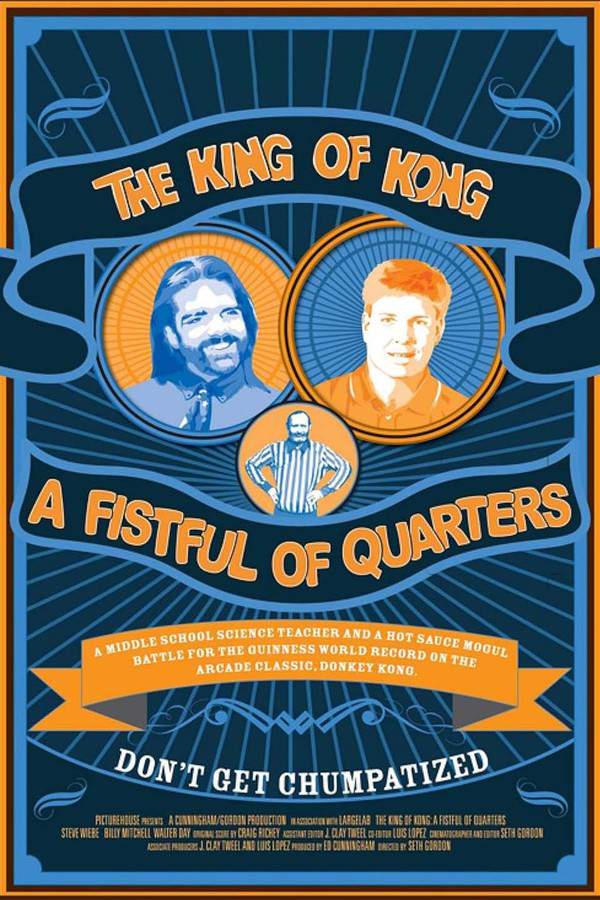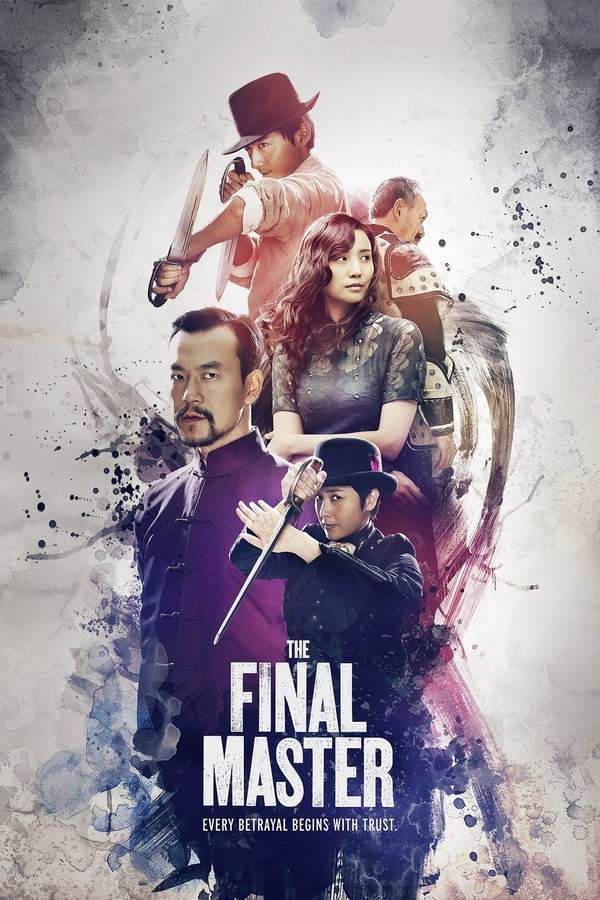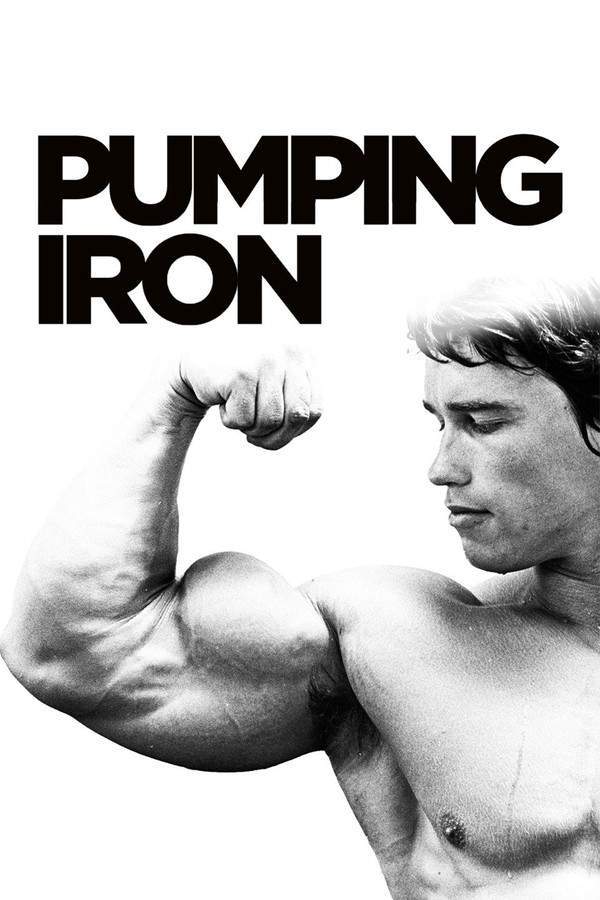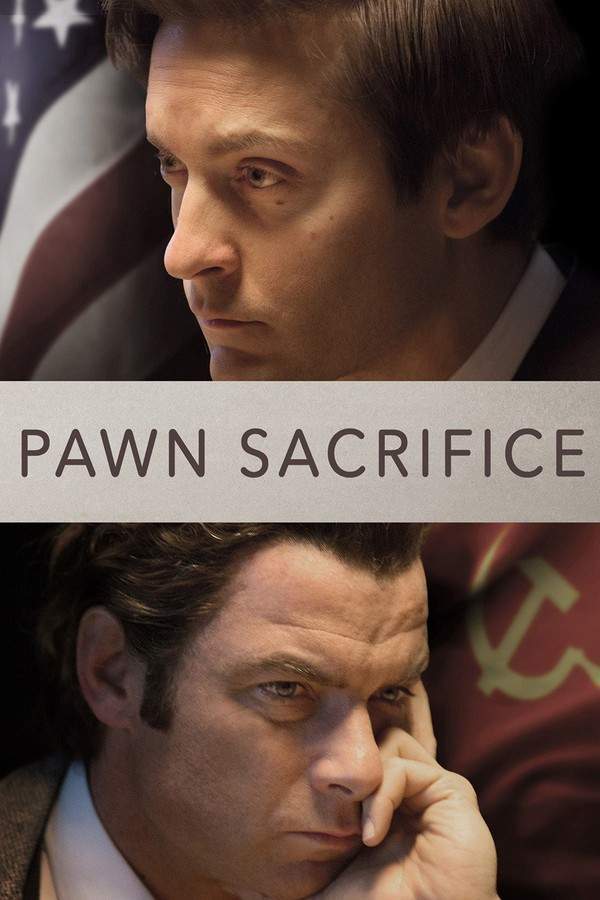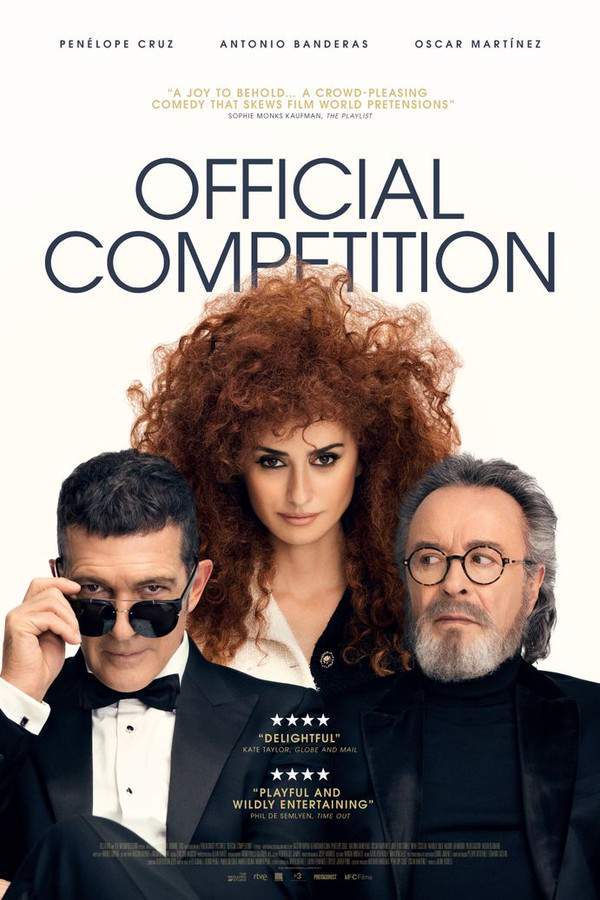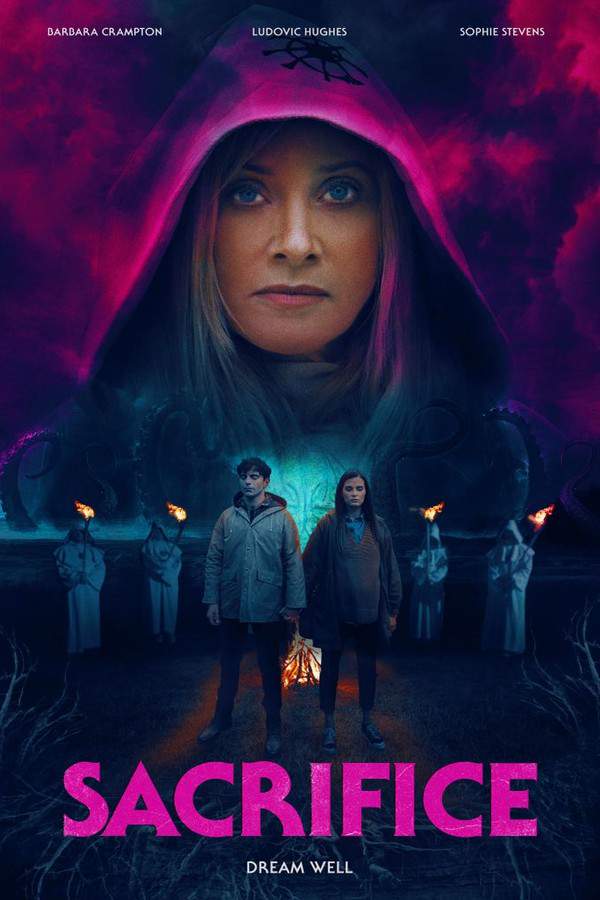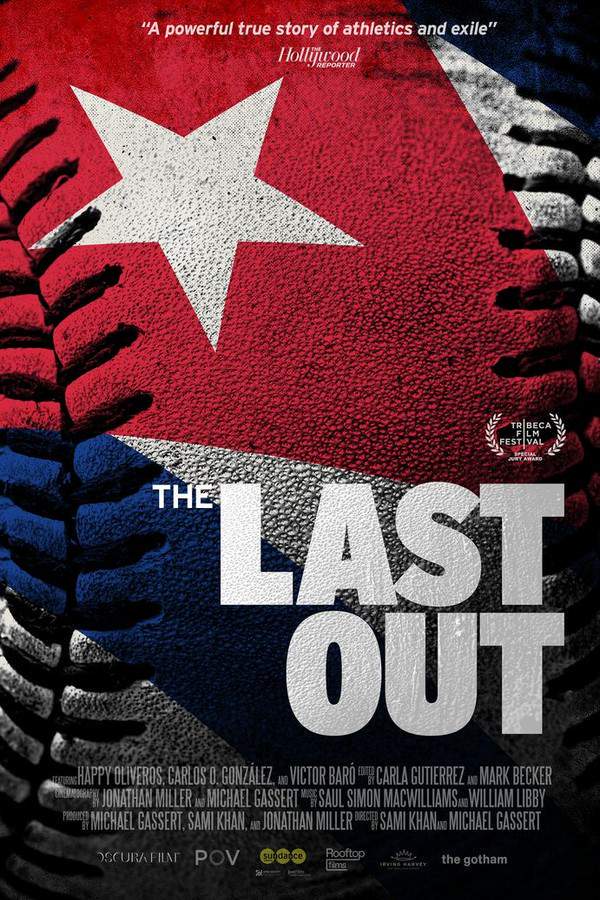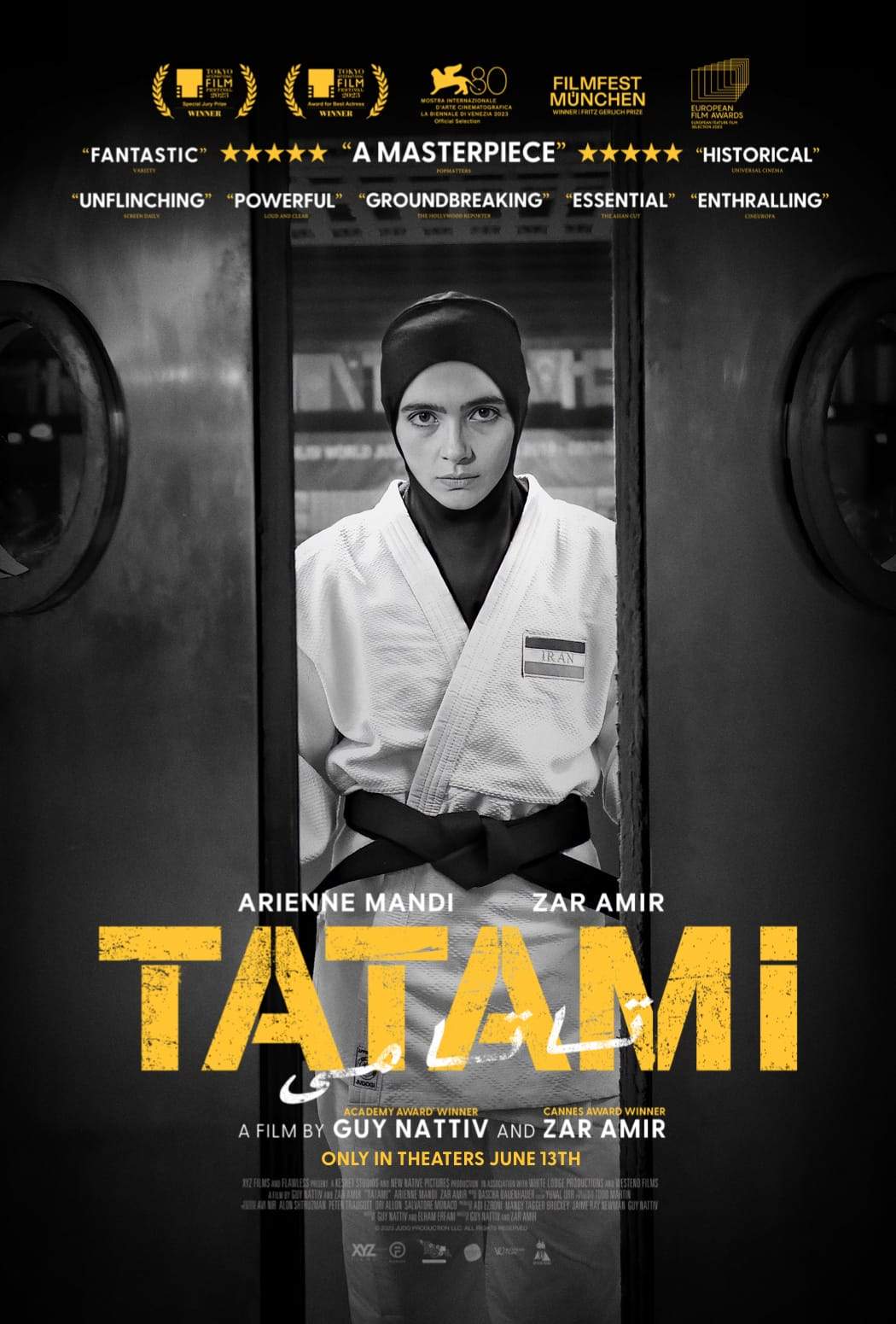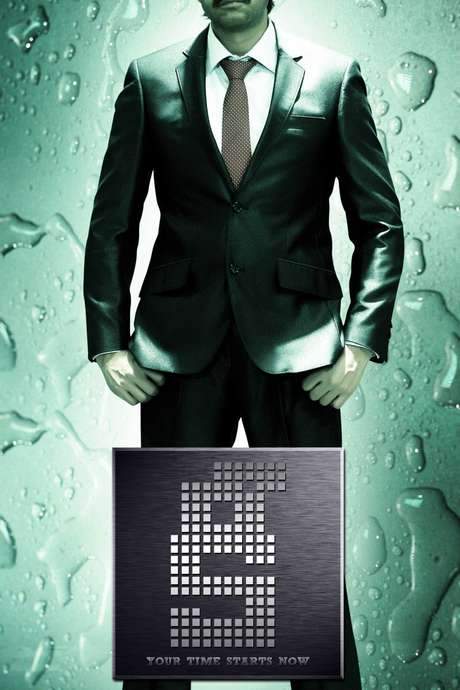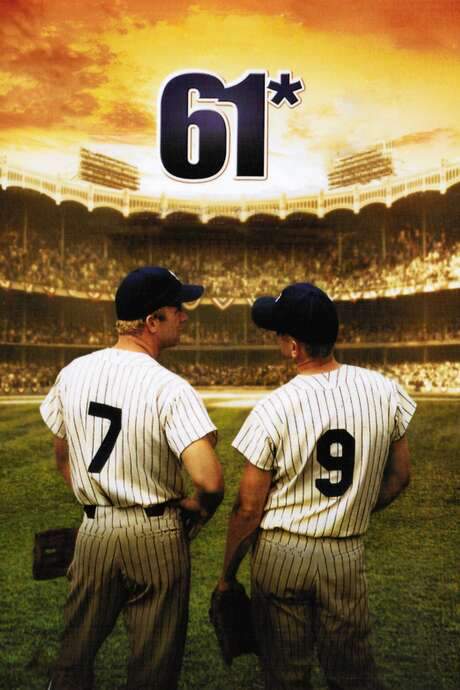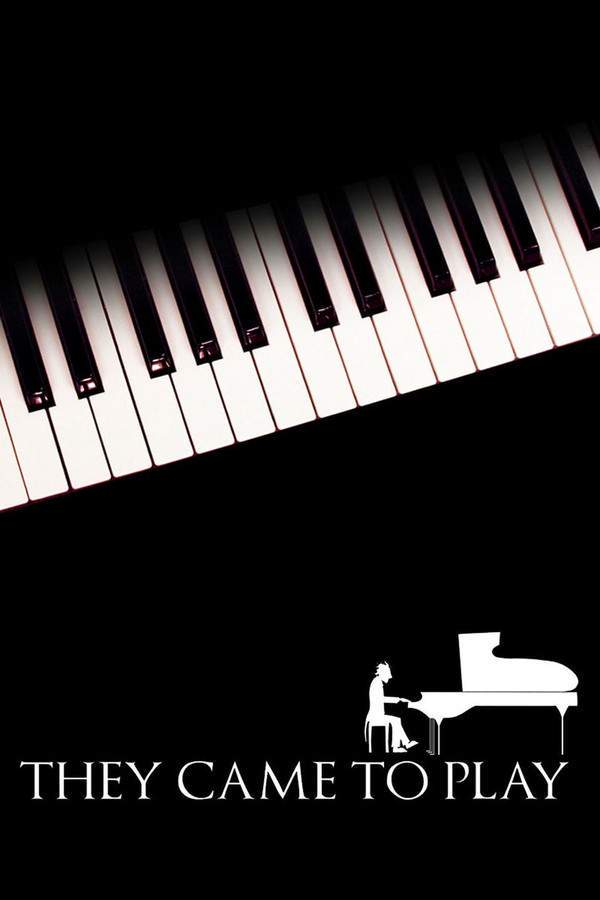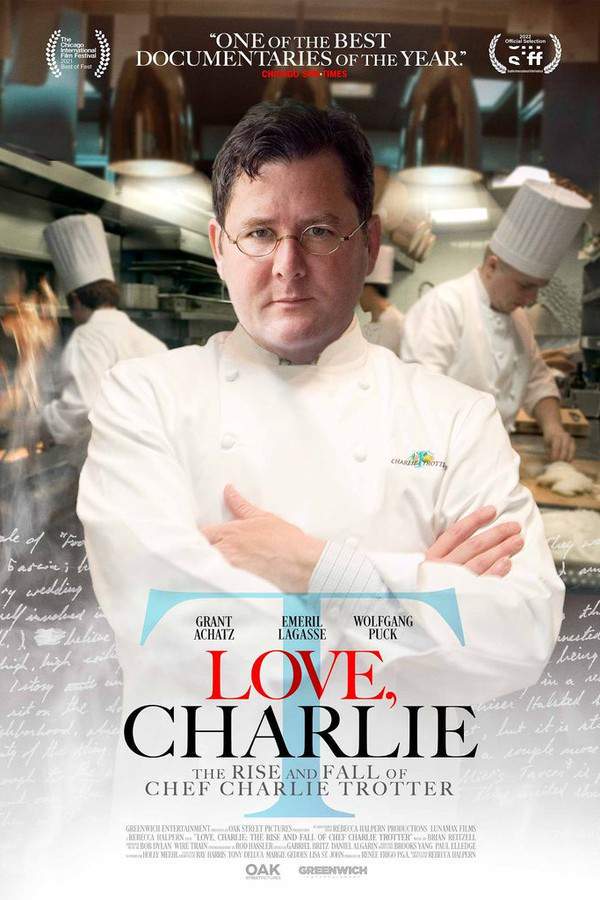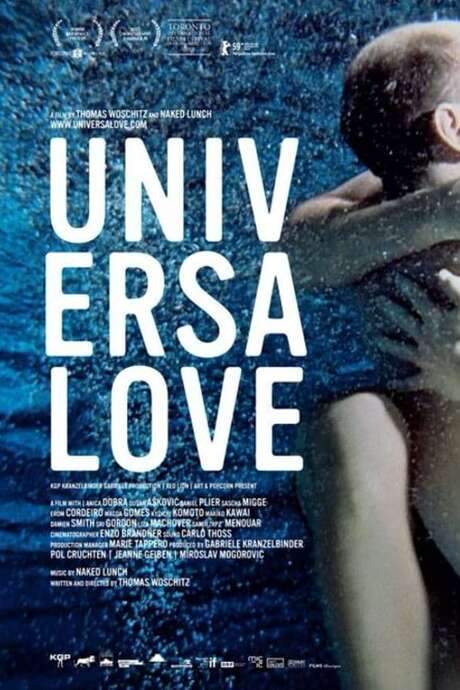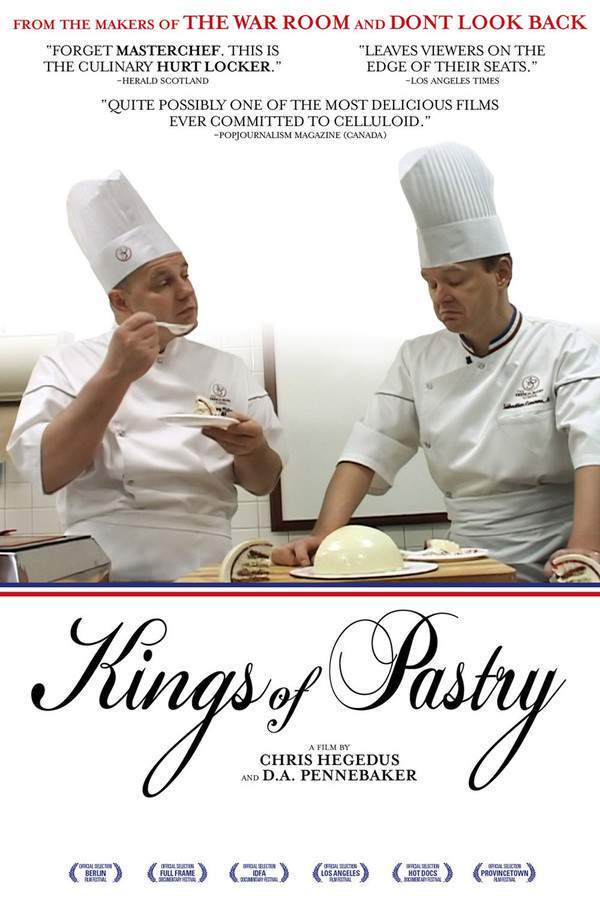
Kings of Pastry
Year: 2010
Runtime: 87 min
Language: English
Directors: Chris Hegedus, D.A. Pennebaker
Lyon, France, plays host to the prestigious Meilleurs Ouvriers de France competition, a demanding test of pastry-making expertise. Sixteen elite masters compete over three intense days, striving for the coveted blue, white, and red collar that signifies the pinnacle of their craft. The competition pushes them to their limits, impacting their finances, family relationships, and professional reputations as they pursue their lifelong dream of achieving perfection in the culinary arts.
Warning: spoilers below!
Haven’t seen Kings of Pastry yet? This summary contains major spoilers. Bookmark the page, watch the movie, and come back for the full breakdown. If you're ready, scroll on and relive the story!
Kings of Pastry (2010) – Full Plot Summary & Ending Explained
Read the complete plot breakdown of Kings of Pastry (2010), including all key story events, major twists, and the ending explained in detail. Discover what really happened—and what it all means.
As the cinematic journey unfolds, we find ourselves at the French Pastry School in Chicago, where Jacquy Pfeiffer embarks on an exciting culinary adventure in preparation for the 2007 competition. Guided by his mentor, Chef Cannone, a former champion himself, Pfeiffer immerses in the intricate art of pastry-making. Throughout this process, he perfects an array of recipes that not only captivate with their visual presentation but also tantalize the taste buds with rich flavors. The competition’s central theme revolves around marriage, posing a creative challenge for contestants: to design an exquisite wedding buffet that showcases a variety of sweet and savory treats. This includes a grand wedding cake, an impressive chocolate sculpture, a delicate sugar creation, cream puffs, artisanal chocolate candies, breakfast pastries filled with jam, elegant tea pastries, a gourmet dessert plate, and a petite yet beautiful “bijou” to honor the occasion. The twist? Everything, except for the bijou, must be meticulously prepared from scratch and assembled in front of a discerning panel of judges over three intense days, with both presentation and flavor held in equal regard.
As Pfeiffer hones his recipes and refines his training routine, he makes a nostalgic return to his childhood home in Alsace, where he adapts his culinary creations for the particularities of French baking ingredients. He realizes that differences in ingredients between France and the U.S. can radically alter the texture and flavor of his pastries. For instance, French butter has a richer fat content and less water, demanding precise adjustments to avoid baking mishaps. Although Pfeiffer prepares for these ingredient variations, the pressure of time constraints forces him to make last-minute changes to his wedding cake and sugar sculpture just before the competition commences.
Introducing two more talented pastry chefs, we have Regis Lazard, who is mentored by the distinguished pastry chef of French President Nicolas Sarkozy, and Philippe Rigollot, renowned for his role at the prestigious Maison Pic’s Valence restaurant—an establishment boasting three Michelin stars and owned by a woman. This marks Rigollot’s competitive debut, while Lazard is returning for his second attempt. After the 2007 contest, Rigollot ultimately opens his own pâtisserie, Pâtisserie Philippe Rigollot, located in Annecy, thereby solidifying his esteemed reputation.
As anticipation builds, the climactic finale takes place in Lyon, where the sixteen distinguished finalists come together to demonstrate their culinary expertise. Over three extremely demanding days, these chefs meticulously create their buffets under the watchful eyes of revered judges, including pastry legends Jacques Torres, Pascal Niau, and Pierre Herme. With their reputations at stake, each contestant must balance their artistic vision with flawless technical execution to captivate the judges’ refined palates. The scrutiny is intense; every detail is analyzed—from the cleanliness of their setups to the organization of their workspaces and waste disposal. The mounting pressure inevitably weighs on the competitors, whose nervous energy simmers beneath the surface like a rich sauce on the brink of boiling over.
As the final deadline creeps closer, the tension becomes almost suffocating. A poignant moment occurs when Rigollot’s ornate sugar sculpture—the centerpiece of his buffet—collapses in the kitchen, leaving him devastated and the MOF judges visibly affected by his misfortune. However, he remains resolute and earns the coveted MOF title through extraordinary performances in other categories. Meanwhile, Jacquy Pfeiffer’s aspirations for culinary excellence face a temporary pause as he reassesses his approach and decides to marry his sweetheart. The future looks rather uncertain for Regis Lazard, however.
In a surprising turn of events, Pfeiffer decides not to retake the exam in 2011, marking a pivotal moment in his culinary journey. Despite this significant choice, the ambitions of these fervent chefs never wane; they must continue navigating the dynamic landscape of their culinary careers, driven by renewed determination and purpose.
Last Updated: November 18, 2024 at 20:55
Explore Movie Threads
Discover curated groups of movies connected by mood, themes, and story style. Browse collections built around emotion, atmosphere, and narrative focus to easily find films that match what you feel like watching right now.
High-stakes competition movies like Kings of Pastry
Obsessive journeys to achieve perfection in a high-pressure competitive arena.If you liked the intense pressure and high-stakes environment of Kings of Pastry, discover more movies about elite competitions and the pursuit of mastery. These films capture the nail-biting tension, personal sacrifice, and emotional rollercoaster of striving for perfection against formidable odds.
Narrative Summary
Narratives in this thread typically follow a linear competition structure, building tension as characters face successive challenges. The journey is defined by moments of crisis and triumph, testing not just skill but also mental fortitude, relationships, and the very definition of success.
Why These Movies?
Movies are grouped here for their shared focus on a high-pressure competitive environment, the emotional investment in the competitors' success, and the exploration of what it truly means to achieve mastery, creating a consistently tense and engrossing viewing experience.
Movies about passionate dedication like Kings of Pastry
Stories where passionate dedication leads to profound personal costs and mixed outcomes.For viewers who appreciated the emotional depth and mixed outcomes in Kings of Pastry, this collection highlights stories of obsessive passion. Explore films about characters who pour their souls into a craft, facing significant personal sacrifice and complex, bittersweet resolutions to their journeys.
Narrative Summary
The narrative pattern follows a character's deep commitment to a goal, exploring the toll it takes on their life. The arc is not purely about victory but about the value of the journey itself, often resulting in a mixed-feeling ending that acknowledges both achievement and loss.
Why These Movies?
These films are linked by their central theme of passionate dedication, the tangible weight of personal sacrifice, and an emotional tone that is both hopeful and clear-eyed about the costs of greatness, resulting in a nuanced and deeply human viewing experience.
Unlock the Full Story of Kings of Pastry
Don't stop at just watching — explore Kings of Pastry in full detail. From the complete plot summary and scene-by-scene timeline to character breakdowns, thematic analysis, and a deep dive into the ending — every page helps you truly understand what Kings of Pastry is all about. Plus, discover what's next after the movie.
Kings of Pastry Timeline
Track the full timeline of Kings of Pastry with every major event arranged chronologically. Perfect for decoding non-linear storytelling, flashbacks, or parallel narratives with a clear scene-by-scene breakdown.

Characters, Settings & Themes in Kings of Pastry
Discover the characters, locations, and core themes that shape Kings of Pastry. Get insights into symbolic elements, setting significance, and deeper narrative meaning — ideal for thematic analysis and movie breakdowns.

Kings of Pastry Spoiler-Free Summary
Get a quick, spoiler-free overview of Kings of Pastry that covers the main plot points and key details without revealing any major twists or spoilers. Perfect for those who want to know what to expect before diving in.

More About Kings of Pastry
Visit What's After the Movie to explore more about Kings of Pastry: box office results, cast and crew info, production details, post-credit scenes, and external links — all in one place for movie fans and researchers.


